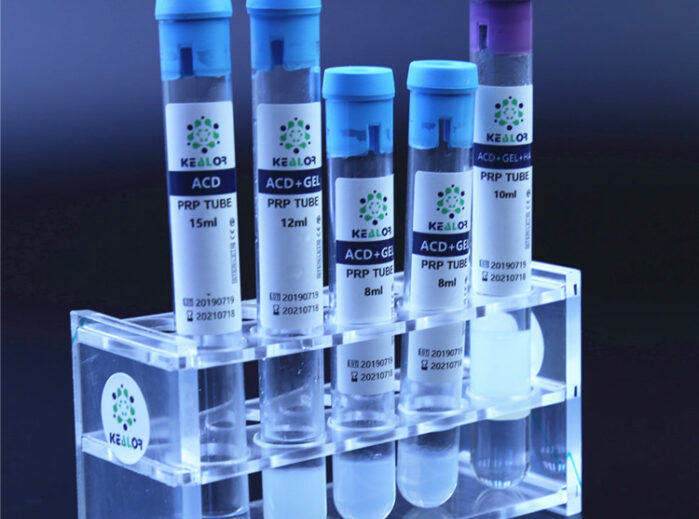What are the storage requirements for PRP kits and the PRP they produce?
The storage requirements for both Platelet Rich Plasma (PRP) kits and the PRP they produce are critical to maintaining the quality and safety of the PRP. Proper storage helps preserve the platelet activity and growth factors within the PRP. Here are the typical storage requirements:
1. PRP Kits:
- PRP kits should be stored in a clean and dry environment at room temperature, typically between 20°C to 25°C (68°F to 77°F).
- Ensure that PRP kits are stored away from direct sunlight, moisture, and extreme temperatures, as these conditions can affect the integrity of the components within the kit.
- Always check the expiration date on the PRP kit’s packaging and do not use kits that have expired.
2. PRP Components (e.g., Tubes and Additives):
- PRP collection tubes and any additives or anticoagulants should be stored according to the manufacturer’s recommendations, which are often at room temperature.
- Keep these components in their original packaging to maintain sterility.
- Avoid exposing the components to excessive heat, cold, or humidity.
3. PRP After Preparation:
- Once PRP is prepared using the kit, it should be used promptly to maximize its effectiveness. PRP should not be stored for extended periods.
- If immediate use is not possible, some PRP preparations may be stored at controlled temperatures, typically in a refrigerator at temperatures between 2°C to 8°C (36°F to 46°F).
- Do not freeze PRP, as freezing can damage the platelets and growth factors, reducing their therapeutic efficacy.
4. Transportation and Handling:
- During transportation, PRP kits and components should be protected from excessive jostling or rough handling to prevent breakage.
- Use insulated packaging or containers, if necessary, to maintain appropriate temperature conditions during transit.
5. Labeling and Documentation:
- Properly label all PRP components and prepared PRP samples with essential information, including patient identifiers, date and time of preparation, and any additives or activators used.
- Maintain thorough documentation of storage conditions and handling procedures for quality control and traceability.
It’s crucial to follow the manufacturer’s instructions and guidelines specific to the PRP kit and components being used. Additionally, healthcare providers should ensure that the storage conditions comply with any regulatory requirements or standards applicable in their region or country.
Proper storage of PRP kits and PRP samples helps preserve the platelet and growth factor concentrations, ensuring that the PRP remains effective and safe for the intended medical or aesthetic procedures.








